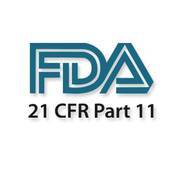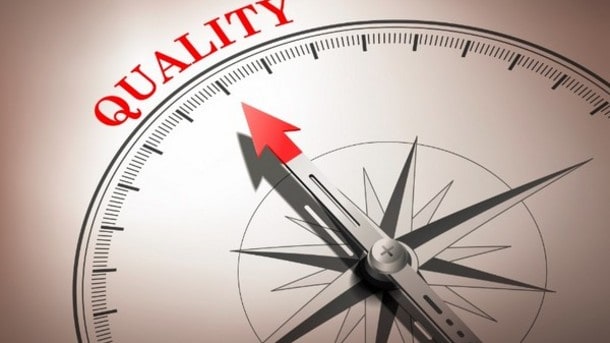Method Validation
According to 21CFR , 601.2, as cited in the Guidance for Industry Document, Analytical Procedures and Methods Validation of Drugs and Biologics (July 2015)1,2, biologics license applications (BLAs) must include a full description of the manufacturing process, including analytical procedures that demonstrate the product meets prescribed standards of identity, quality, safety, purity and potency. The purpose of analytical method validation is to ensure that the methods used for assessing the quality of the product being manufactured complies with the established specifications and yield accurate, reliable, and reproducible results.2
, 601.2, as cited in the Guidance for Industry Document, Analytical Procedures and Methods Validation of Drugs and Biologics (July 2015)1,2, biologics license applications (BLAs) must include a full description of the manufacturing process, including analytical procedures that demonstrate the product meets prescribed standards of identity, quality, safety, purity and potency. The purpose of analytical method validation is to ensure that the methods used for assessing the quality of the product being manufactured complies with the established specifications and yield accurate, reliable, and reproducible results.2
Analytical  methods require validation, verification or re-validation in the following cases: 1) before initial use in routine testing, 2) when transferred to another laboratory and 3) if the conditions or parameters of the validated method have changed.3 Laboratories are expected to utilize compendial methods for testing, however a full validation is not required. A verification is done to ensure the laboratory can achieve the performance characteristics of the method and it is suitable for the intended analytical applications. Laboratories that require developing in-house methods, modifying compendial methods or using them beyond their intended use, should carry out full validation of the methods. A full validation includes establishing specifications and performance characteristic of the method and confirming it is suitable for the intended analytical applications.
methods require validation, verification or re-validation in the following cases: 1) before initial use in routine testing, 2) when transferred to another laboratory and 3) if the conditions or parameters of the validated method have changed.3 Laboratories are expected to utilize compendial methods for testing, however a full validation is not required. A verification is done to ensure the laboratory can achieve the performance characteristics of the method and it is suitable for the intended analytical applications. Laboratories that require developing in-house methods, modifying compendial methods or using them beyond their intended use, should carry out full validation of the methods. A full validation includes establishing specifications and performance characteristic of the method and confirming it is suitable for the intended analytical applications.
An Analytical Method Validation Master Plan (AMVMP ) is prepared, when a project includes a range of different analytical validation activities. Although not all of the validation characteristics are applicable for all types of tests, typical validation characteristics are: specificity, linearity, accuracy, precision (repeat-ability, intermediate precision, and reproducibility), range, quantitation limit and detection limit. 2 Documentation is essential during a method validation, and includes a protocol, report and summary. Once a method is validated, its performance is monitored and evaluated by trend analysis to determine if the method requires additional optimization, redevelopment and re-validation.
Written By: Jessica Bruno, Consultant II
ICQ Consultants, Corp.
Join our network, follow us and share this on LinkedIn, Google +, Twitter and Facebook so you can see other new and exciting news and discussions being posted by ICQ Consultants.
- Guidance for Industry Analytical Procedures and Methods Validation for Drugs and Biologics, July 2015. Available from http://www.fda.gov/downloads/Drugs/GuidanceComplianceRegulatoryInformation/Guidances/UCM386366.pdf (accessed on 22-Dec+2015)
- Food and Drugs, 21C.F.R. § 601.2 (2015) Available from http://www.ecfr.gov/cgi-bin/text idx?SID=136435444f0996cfa2ae3bbc2a232cc4&mc=true&node=se21.7.601_12&rgn=div8 (accessed on 22-Dec+2015)
- Ajay, S. and Rohit, S., Validation of Analytical Procedures: A Comparison of ICH, Vs Pharmacopeia (USP) Vs FDA, International Research Journal of Pharmacy (IRJP) 2012, 3(6).



